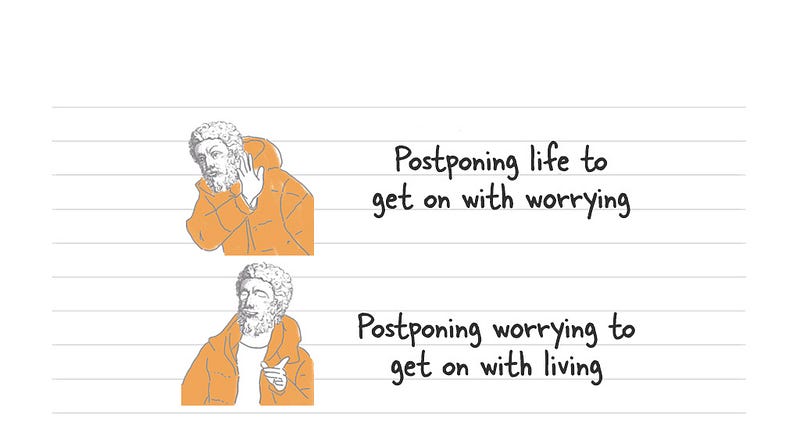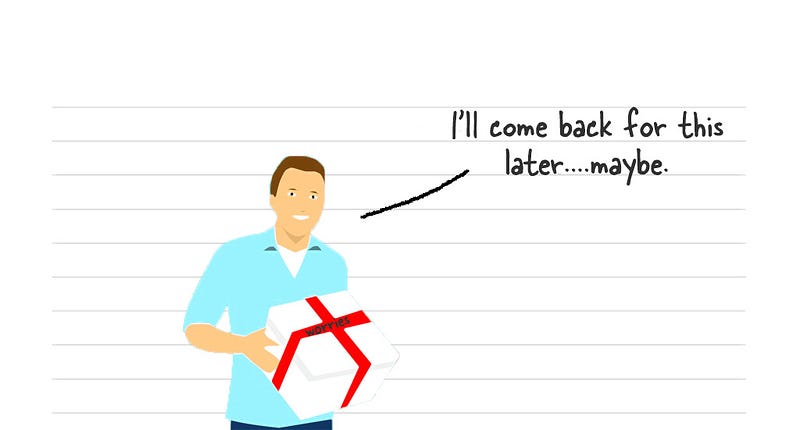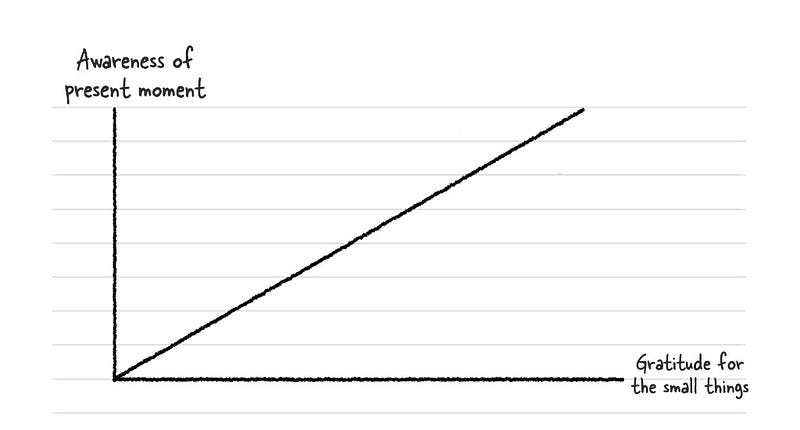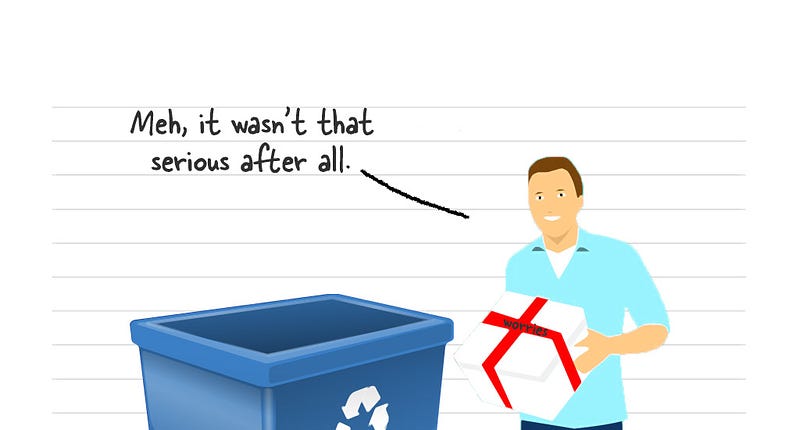A Powerful Stoic Approach to Managing Anxiety and Worry
Written on
Chapter 1: Understanding Stoic Philosophy
In his insightful book, How to Think Like a Roman Emperor, Donald J. Robertson intertwines anecdotes from Marcus Aurelius's life with contemporary psychological principles and Stoic philosophy. This unique blend creates a narrative that serves as both a biography and a self-help guide.
By drawing parallels between the challenges faced by Marcus Aurelius, the most powerful leader of the second century, and the struggles we experience today, Robertson provides a rich array of cognitive and philosophical strategies to tackle issues such as desire, pain, and anger. One particularly compelling chapter addresses the pervasive issue of excessive worry.
As Robertson notes, excessive worrying can intensify feelings of anxiety. The term "worry" here refers to a specific mental process characterized by a repetitive and anxious thought cycle. He points out:
“Worried thinking is perseverative — it goes on and on.”
— Donald Robertson, How to Think Like a Roman Emperor
To counter this anxiety-driven worry, Robertson introduces the technique of worry postponement. Essentially, this method involves recognizing when you start to feel anxious and consciously deciding to defer any further contemplation until a designated “worry time” later in the day.
To illustrate this technique, here’s a six-step worry postponement process you can implement, complete with simple visual aids.
Self-Monitor
Keep an eye out for early signs of worry, like fidgeting—just being aware of these signals can often help disrupt the worrying habit.

Designate a Worry Time
If you find it challenging to halt your anxious thoughts immediately, actively postpone further thinking about them. Set aside a specific “worry time” to revisit the issue.

Set Your Thoughts Aside
The goal is not to suppress your thoughts, but rather to set them aside for later consideration.

Focus on the Present
Redirect your attention to the present moment, allowing yourself to notice small details that anxiety may have caused you to overlook.

Revisit Your Worry
When you return to your worry later, if it no longer holds significance, you may choose to disregard it. If it still feels relevant, apply the Stoic practice of premeditation to consider the worst-case scenario.

Apply Cognitive Distancing
Implement cognitive distancing by reminding yourself: “It’s not the events that upset me, but my perceptions of them.” Recognize that, like all things, this too is temporary.

This is just one of the many valuable Stoic and cognitive strategies that Donald Robertson elaborates on in How to Think Like a Roman Emperor. I hope you find it beneficial.
For a deeper exploration of the philosophical foundations of Cognitive Behavioral Therapy (CBT) and practical exercises, check out The Philosophy of CBT: Stoic Philosophy as Rational and Cognitive Psychotherapy.
Chapter 2: Practical Strategies for Anxiety Management
In this video, titled How The Stoics Dealt With Anxiety (10 Strategies), viewers can learn ten effective strategies rooted in Stoic philosophy to manage anxiety.
The second video, 7 Stoicism Ways to Beat Anxiety! [Stoic School Ep.07], presents additional Stoic techniques to overcome anxiety and foster resilience.